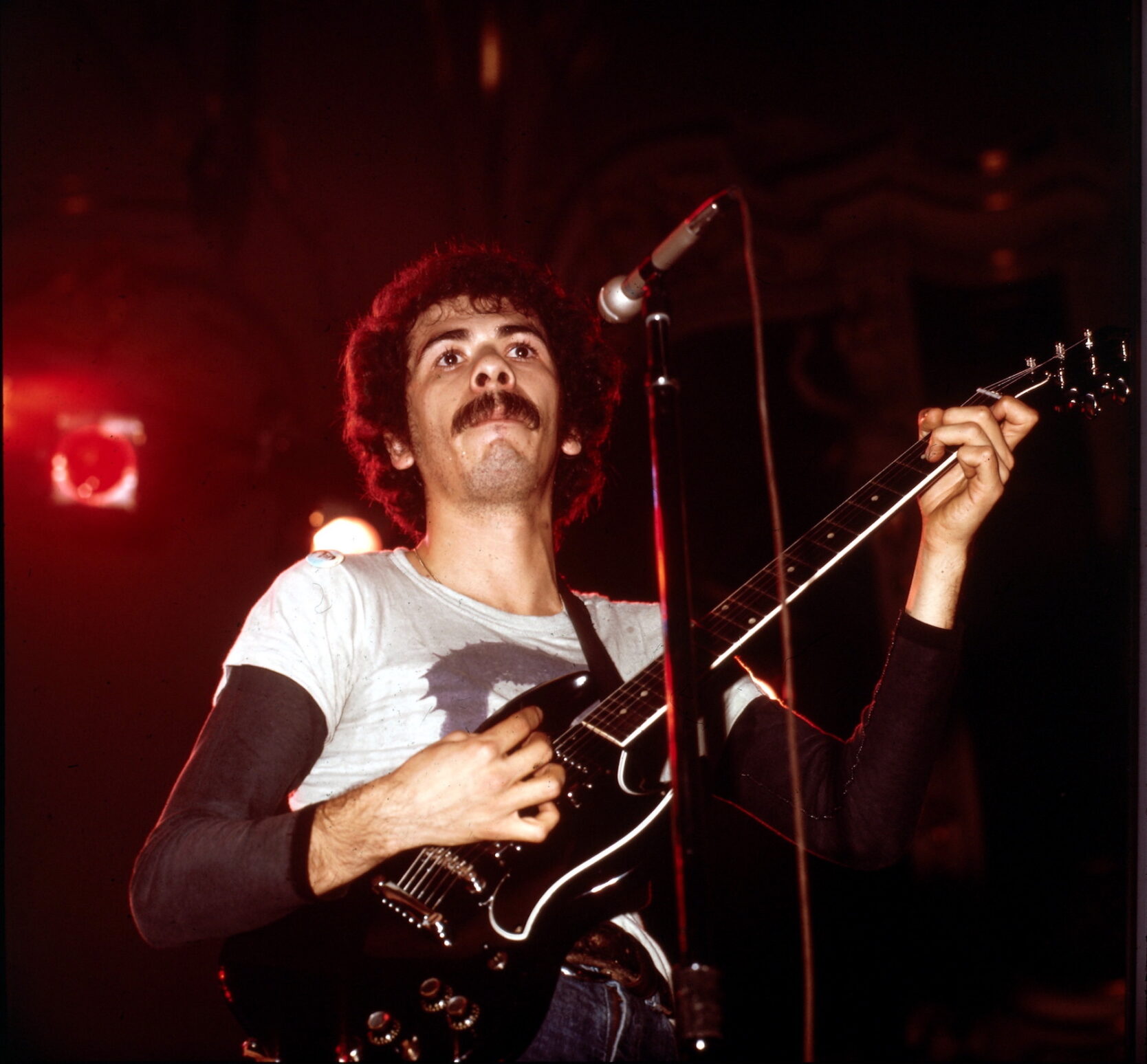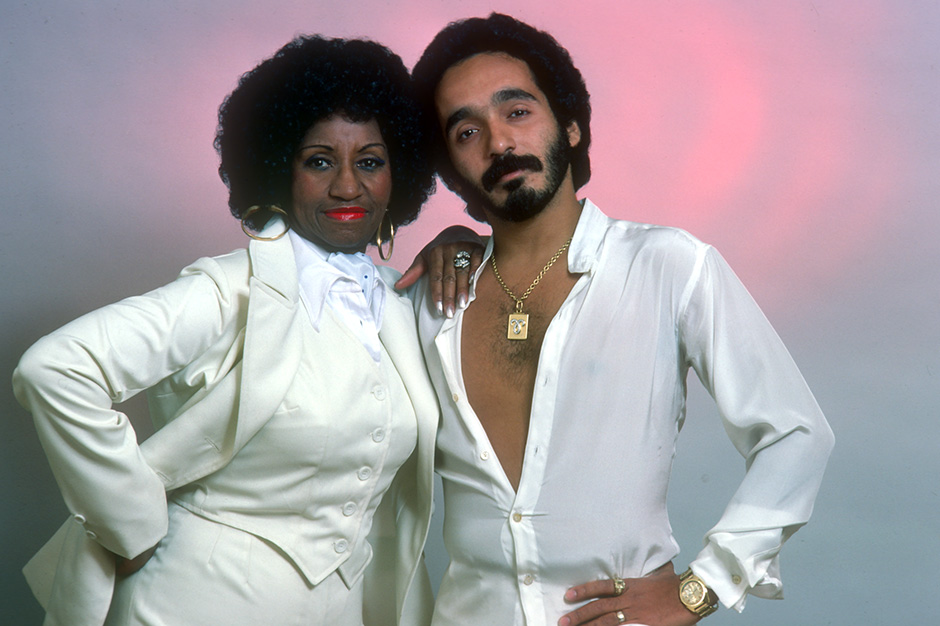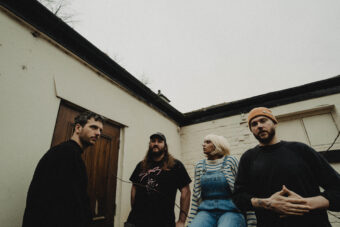Fifty years ago, the sounds that dominated Latin music were thriving. Rock had become ambitious (and intellectual), the New York salsa explosion was at its apex, and the movements of bossa nova and tropicália had coalesced into the all-encompassing MPB—Música Popular Brasileira.
Most Latin recordings from 1974 have a resplendent sense of innocence and discovery. Back then, many South American countries were shackled by either military dictatorship or the menace of an ever-impending coup, so musicians had to use their imagination to escape censorship. Metaphors ruled the day, and lyrics became obscure for good reason.
Even the world of commercial pop appeared to have temporarily lost its mind. Love songs became operatic, employing baroque arrangements and conceptual flourishes.
From the percolating guitar lines of Peruvian cumbia and the rousing trumpets of Mexican ranchera to the misty melodrama of Argentine prog and the sassy elegance of Puerto Rican salsa, here are 15 Latin albums from 1974 to discover/rediscover, and cherish.
Roberto Roena y su Apollo Sound – Apollo Sound 6
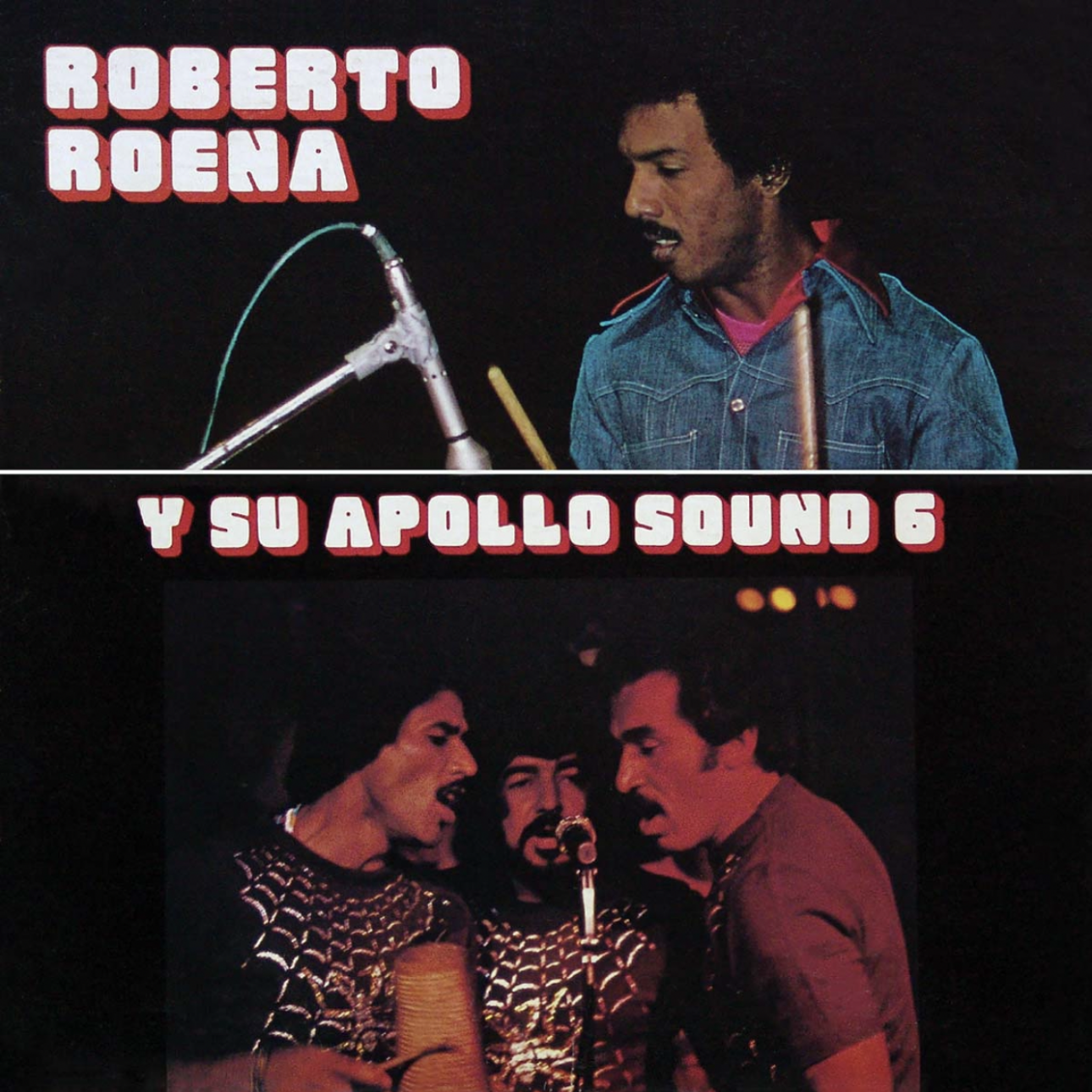
A flashy dancer and self-taught bongosero (a bongo player!), Puerto Rican bandleader Roberto Roena experimented with funk, unusual instrumental textures, and Brazilian rhythms, pushing salsa into uncharted territory. This reckless party album is probably the most focused moment of his career. It opens with a feverish version of the ‘60s Tito Rodríguez nugget “El Que Se Fue,” in honor of the boricua crooner’s recent death. On “Traición,” interlocking percussion patterns and velvety piano build up a crescendo of frantic cowbell accents and vocal improvisations by lead singer Sammy González. Apollo Sounds 6 is unparalleled in the raw intensity of its groove.
Gal Costa – Cantar
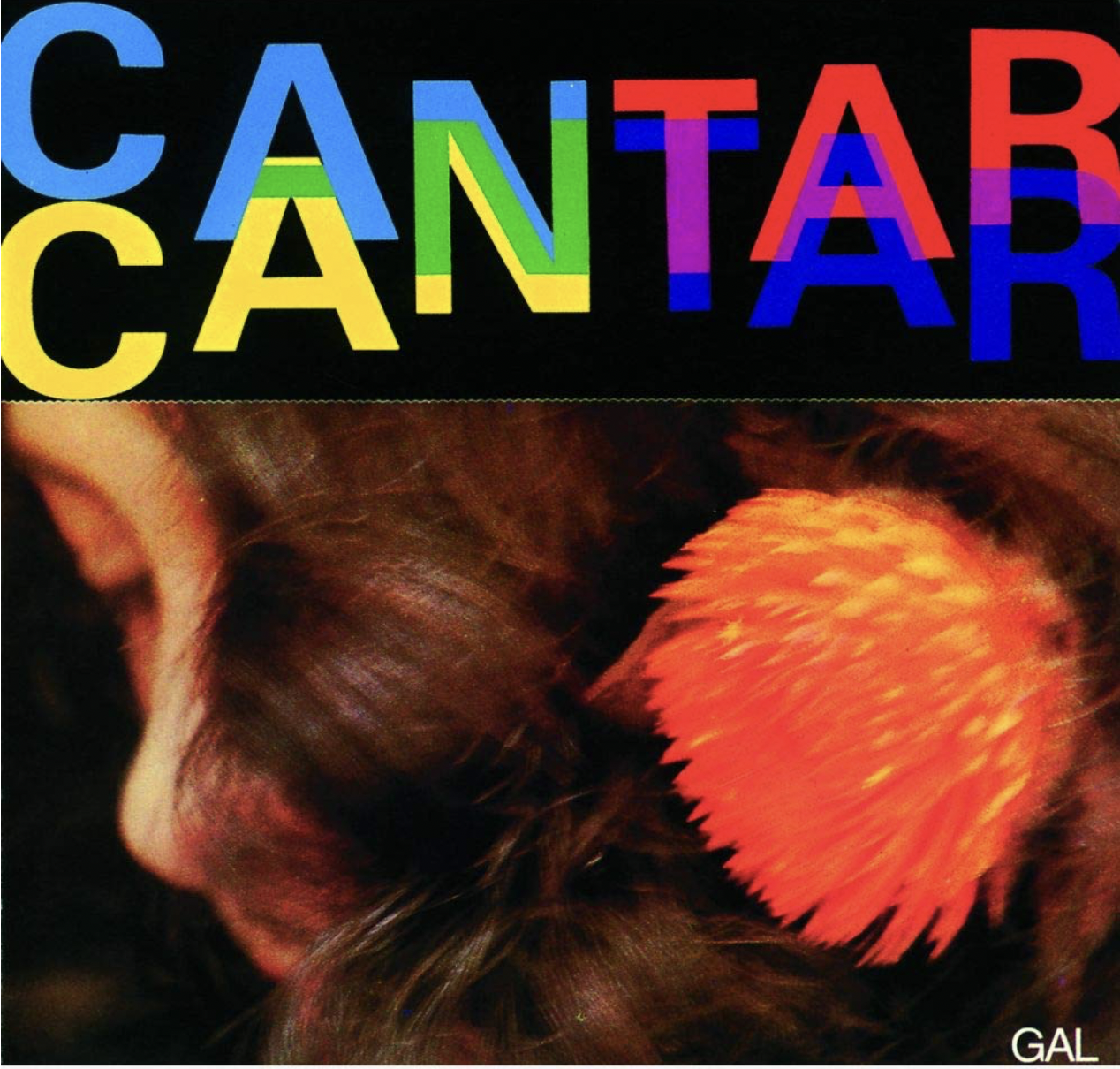
Brazilian diva and tropicália princess Gal Costa (1945-2022) lived a long, productive life—but the ‘70s was her most enchanting decade. Cantar sums up the ethos of música popular Brasileira: a strong samba foundation garnished liberally with sprinkles of reggae, rock, folk, you-name-it. The songs are mostly written by Brazilian icons—Gilberto Gil, Caetano Veloso, the criminally underrated João Donato—but the main attraction is Gal’s ethereal voice; so delicate and exquisite, it casts a spell. The groove grows brassy on “Flor de Maracujá,” a happy tune with a venomous layer of nostalgia underneath.
Santana – Borboletta
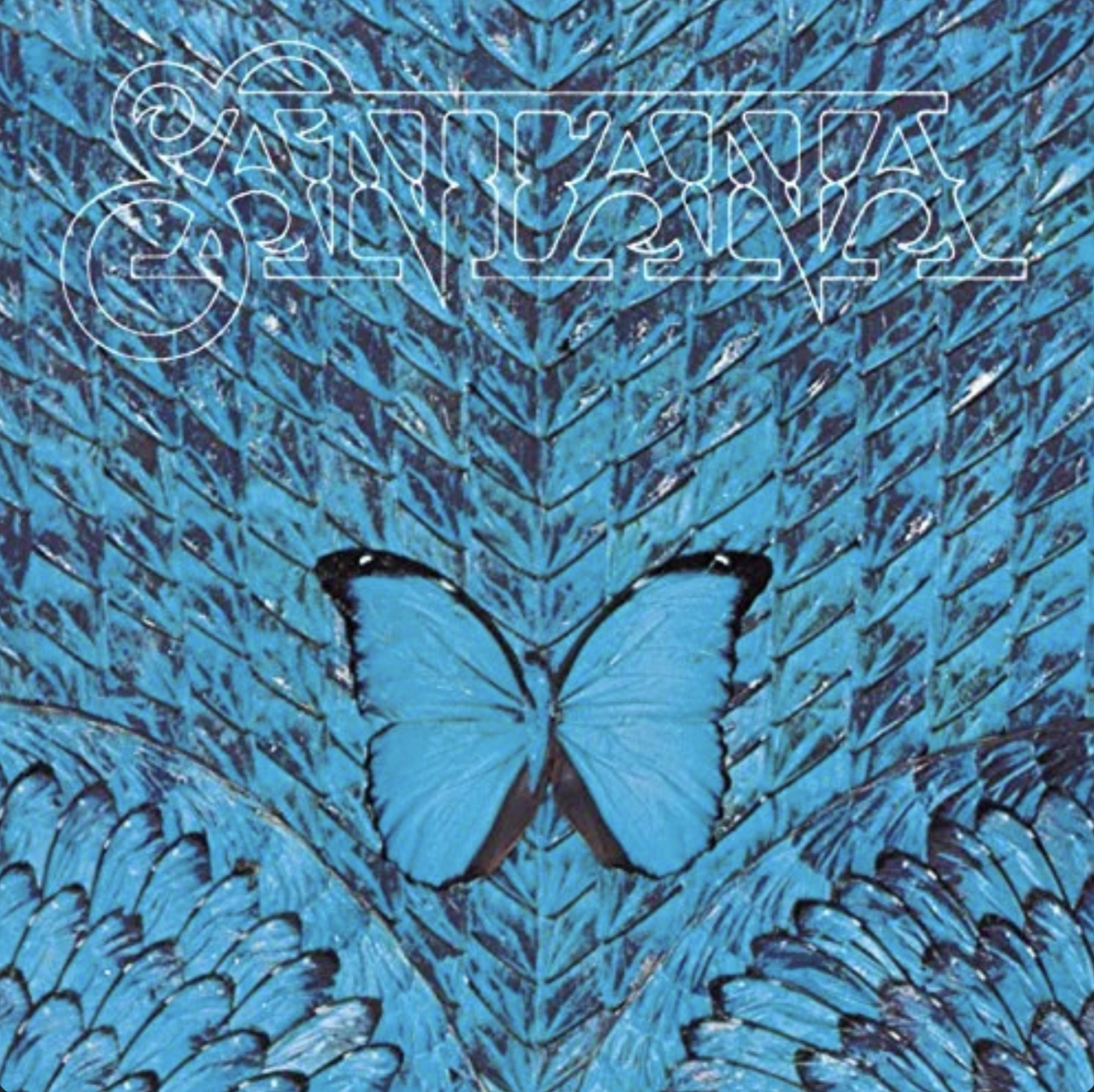
Carlos Santana’s sixth studio album retreated from the salsa-rock vibe of “Oye Como Va” in favor of a more abstract fusion, heavy on the cosmic instrumentals, hazy and psychedelic. He picked some adventurous players, too: Brazilian jazz visionaries Flora Purim and Airto Moreira; Return to Forever bassist Stanley Clarke and Cuban percussionist Armando Peraza, to name a few. There’s wailing sax lines, love-is-everywhere anthems (“Mirage”), and haunting mood pieces (“Canto de los Flores” merges jagged electric piano with exotic flute lines over a backbone of tribal drums.) With its blue butterfly cover, Borboletta added vivid new shades to the guitarist’s palette.
Fania All Stars – Latin-Soul-Rock
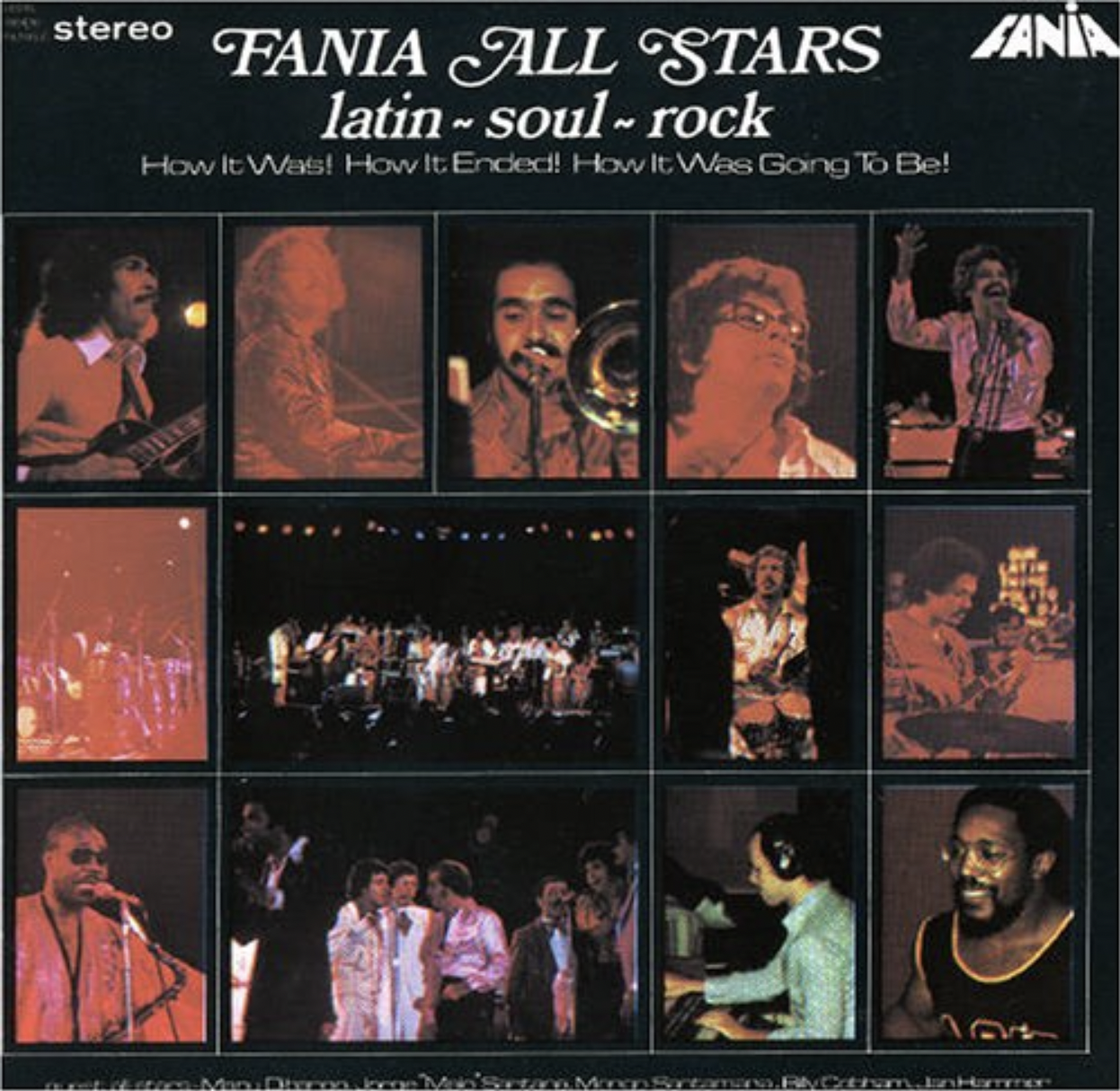
There was no other band like them. The Fania All Stars were a monumental salsa orchestra where every singer and musician was a bona fide star. By all accounts, they left their egos out of the equation and created music in a convivial mood of like-minded spirits. Their concerts became legendary, and their appearance at Yankee Stadium in August of 1973 ended abruptly when some of the 40,000 fans in attendance rushed the stage. This exhilarating hodgepodge of an album combines studio and concert recordings with guest stars like Manu Dibango and keyboardist Jan Hammer. The highlights are Cheo Feliciano’s simmering montuno “El Ratón” and the frantic conga duel between Ray Barretto and Mongo Santamaría on “Congo Bongo.”
Moris – Ciudad de Guitarras Callejeras
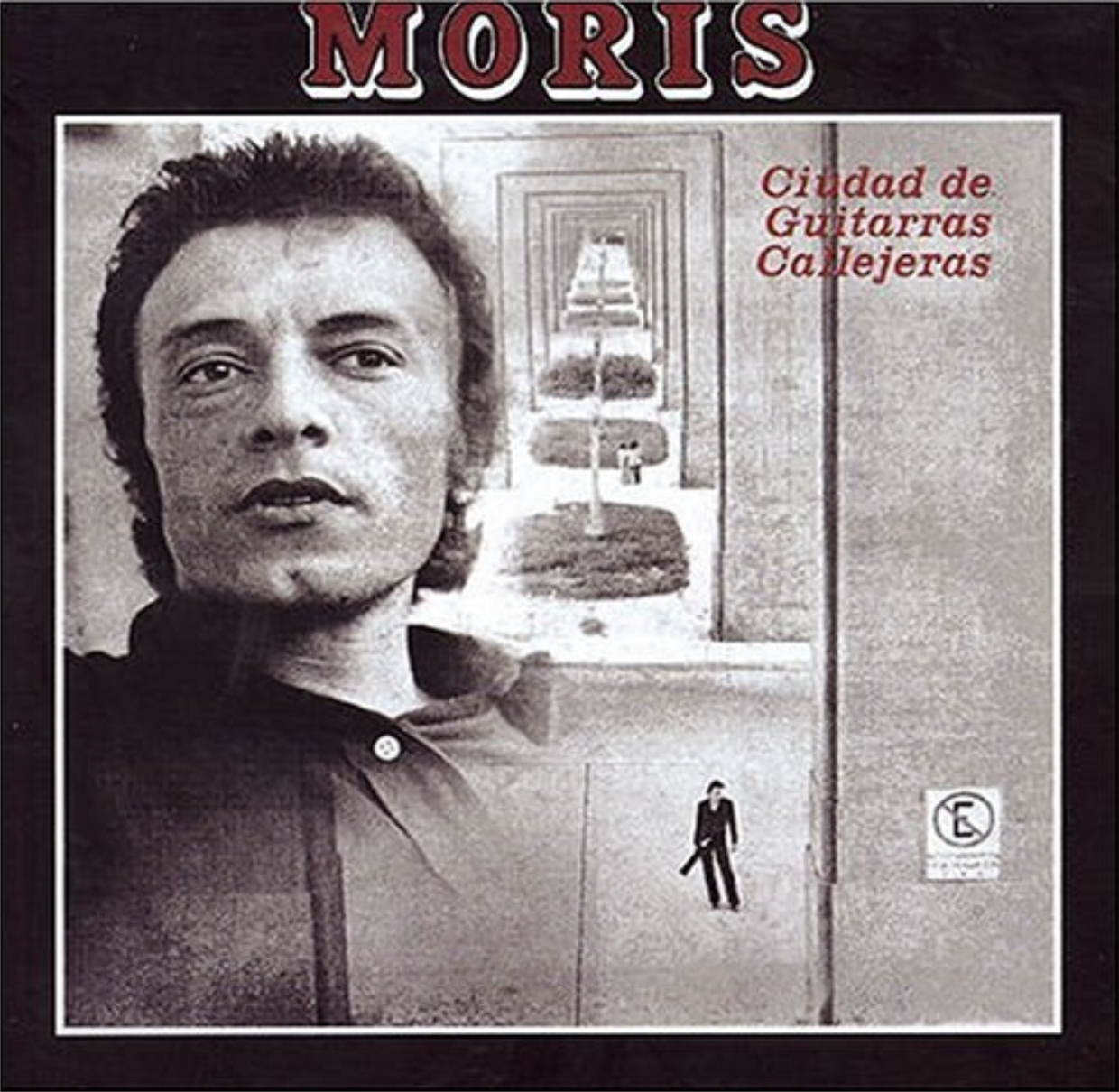
The second album by Argentine troubadour Mauricio Birabent remains, 50 years later, one of the most underrated masterpieces of Latin American rock. Informed equally by Dylan, Carl Perkins, and the nocturnal shades of tango, Moris fixes his existential gaze on the homeless beggars of Buenos Aires’ industrial areas and the working class men of his generation, entrapped by societal pressures. “Thinking of finding salvation, just so that I can bury myself again,” he sings on the nine-minute epic “Muchacho del Taller y la Oficina.” He dreams of galloping in the countryside on “Cabalgando por el Campo,” then ponders the uncertainty of existence on “De Aquí, Adónde Iré.” The lo-fi aesthetic may be rough, but the depth of his poetic vision is refined, and limitless.
Elis Regina and Antonio Carlos Jobim – Elis & Tom
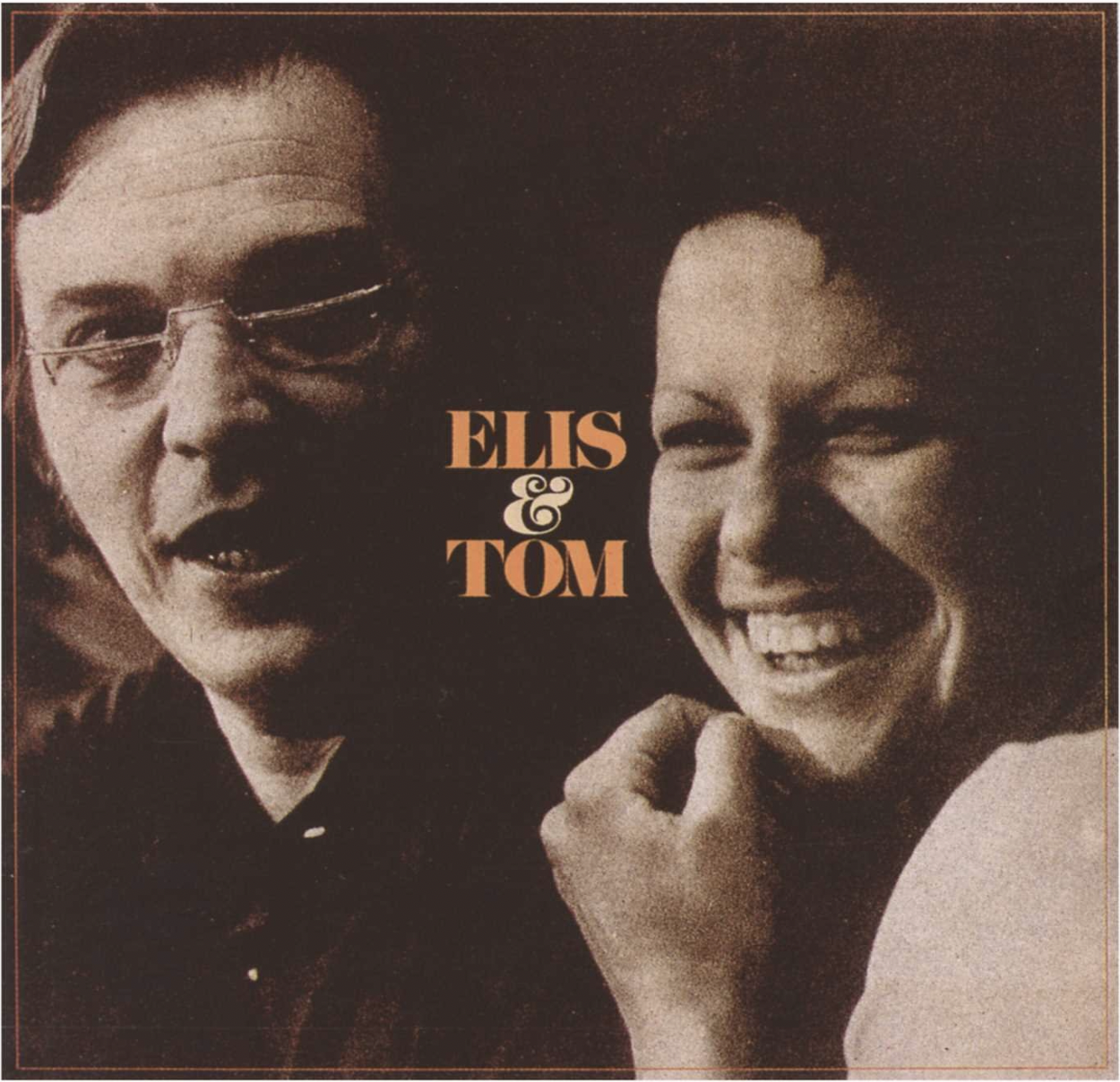
Elis Regina only lived for 36 years but is still remembered as one of the most luminous voices in Brazilian music. Influenced by jazz and French impressionism, composer Antonio Carlos Jobim was the architect of the bossa nova movement. Their sole album together was recorded in Los Angeles, with definitive versions of the melancholy “Chovendo Na Roseira” and a somber “Corcovado.” The album’s most indelible moment is the duet “Águas de Março,” a stream-of-consciousness catalog of poetic musings brimming with humor and cosmopolitan wit. In 2022, a feature length documentary explored the making of this tender classic.
Eddie Palmieri – The Sun of Latin Music
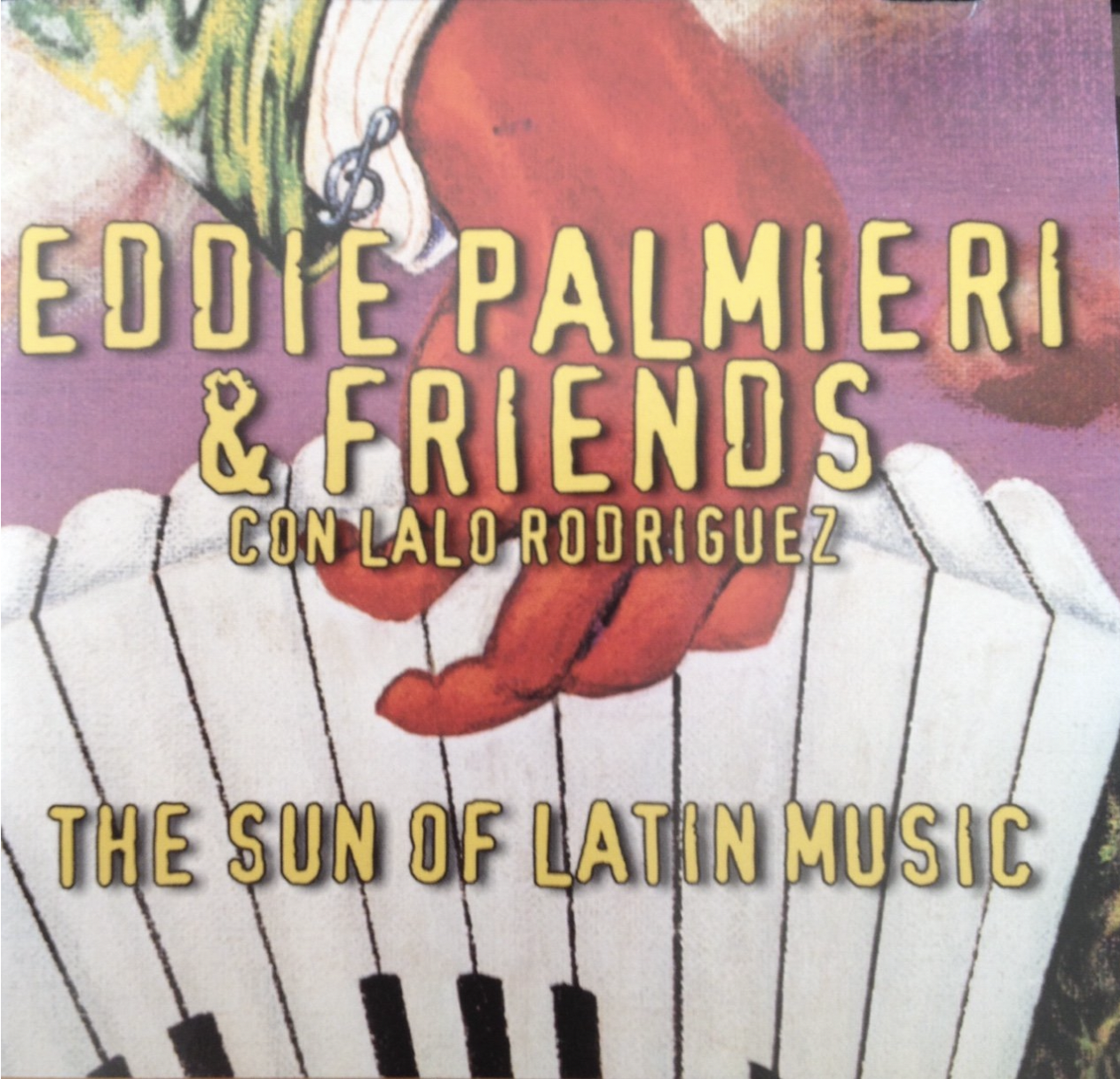
By the time he found refuge in a new label—Coco Records—and enlisted a 16-year-old singer named Lalo Rodríguez, salsa pioneer American born Eddie Palmieri was at the top of his game. A baroque, densely textured album of avant-garde tropical hits, The Sun of Latin Music satisfies both the dedicated dancer and the studious academic. Opening cut “Nada De Ti” ignites a clave-fueled frenzy from the get, while the epic “Un Día Bonito” indulges in Palmieri’s signatures: dissonance, mathematically inclined piano patterns, and electronic keyboards. He references The Beatles’ Abbey Road on “Una Rosa Española (Medley),” implying that, to ‘70s Nuyoricans, progressive salsa was just as soulful as rock’n’roll.
José José – Vive
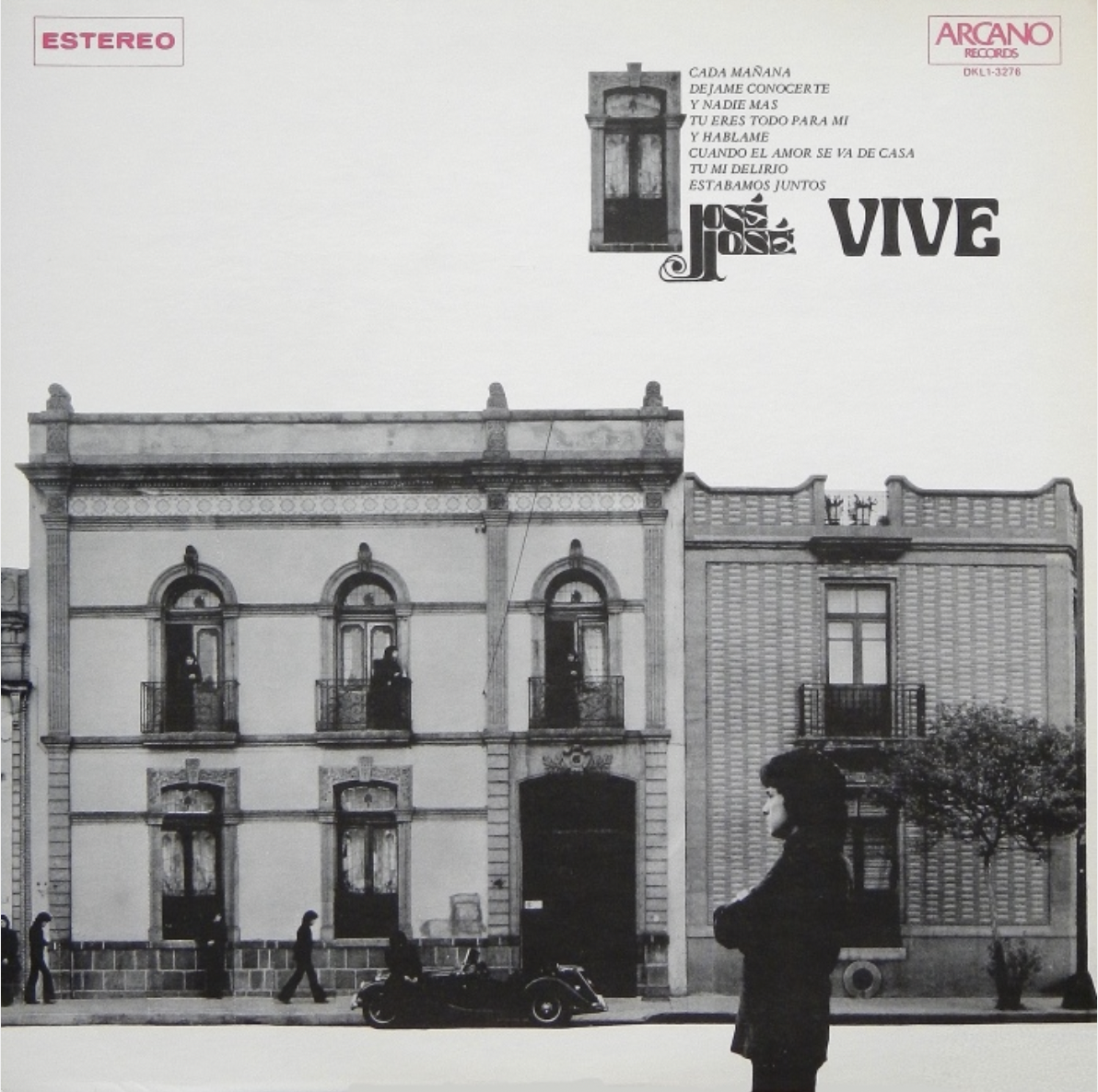
Long before the affectations of the ‘80s turned his records into slick synthetic affairs, Mexican crooner José José inhabited a larger-than-life realm populated by harpsichords and the analog sheen of his booming voice. “It’s 2 in the morning as I write this letter,” he emotes on “Alguien Que Te Extraña”—and the evening air fills with the promise of romance. The ultimate performer of byzantine baladas, José Rómulo Sosa Ortiz had a gentlemanly touch and an ear for melody honed on bossa nova velvet. Some of his other ‘70s albums are even grander, but the underrated Vive feels like a long-lost classic from a better time. Observe the swagger in his Spanish rendition of Stevie Wonder’s “You Are the Sunshine of My Life.”
Fruko y sus Tesos – El Caminante
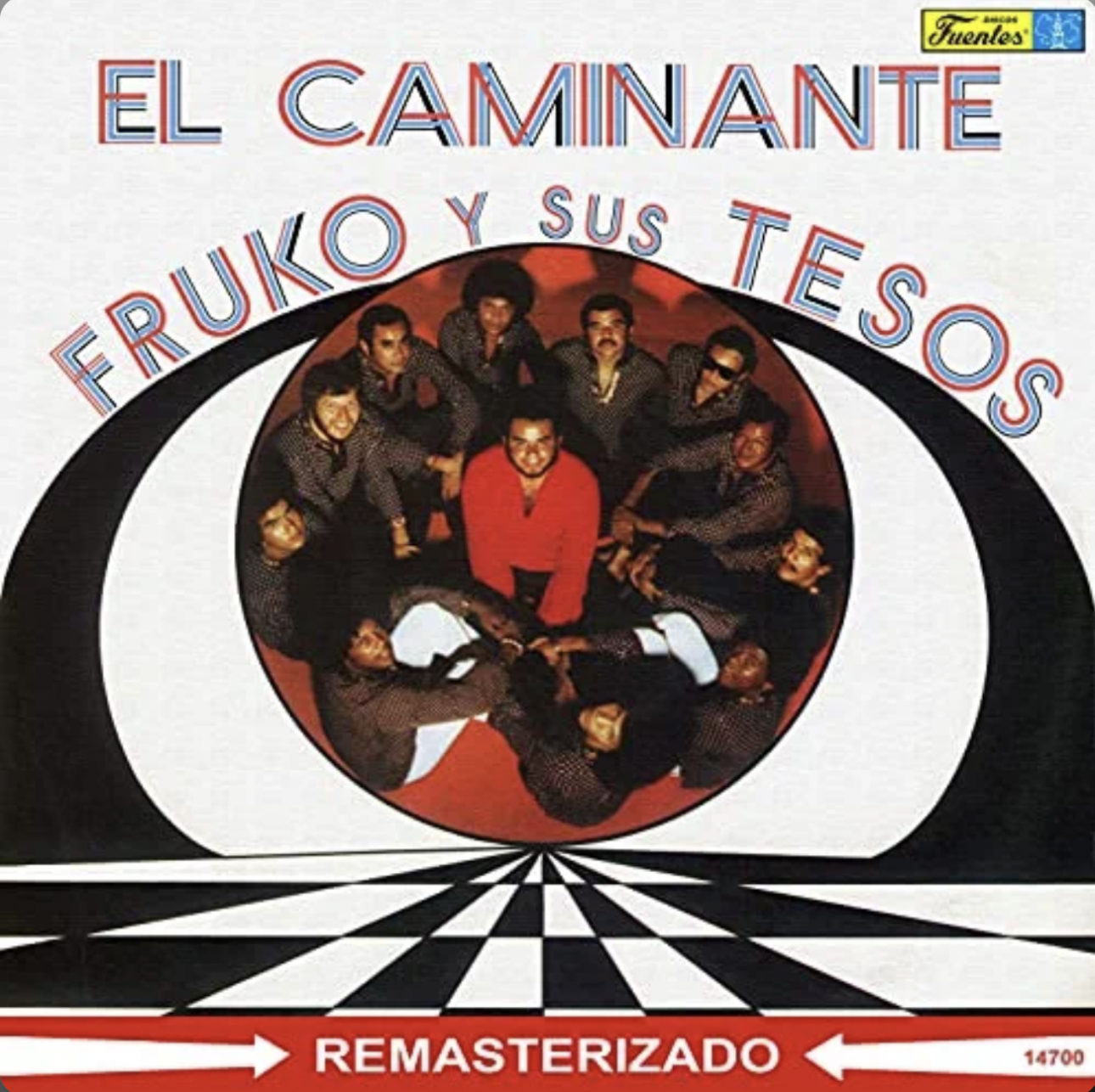
In Colombia, bandleader and jack-of-all-trades Julio Ernesto Estrada—better known as Fruko—created a tropical supergroup that buzzed with the adrenaline of New York salsa, but with the bittersweet, minor-key inevitability of South American culture. With its aggressive trumpet lines and spiraling piano, Fruko’s arrangements attracted plenty of attention, but it was the band’s two singers that stole the day: the chocolaty inflections of Wilson “Saoko” Manyoma, and the manic energy of Joe Arroyo. (He also wrote bewitching tunes like “Te Estoy Llorando” and “Tania,” a tribute to his young daughter.) Sponsored by the powerful Discos Fuentes label, albums like El Caminante proved that Colombian salsa could be just as exuberant as anything on Fania Records.
Ave Rock – Ave Rock
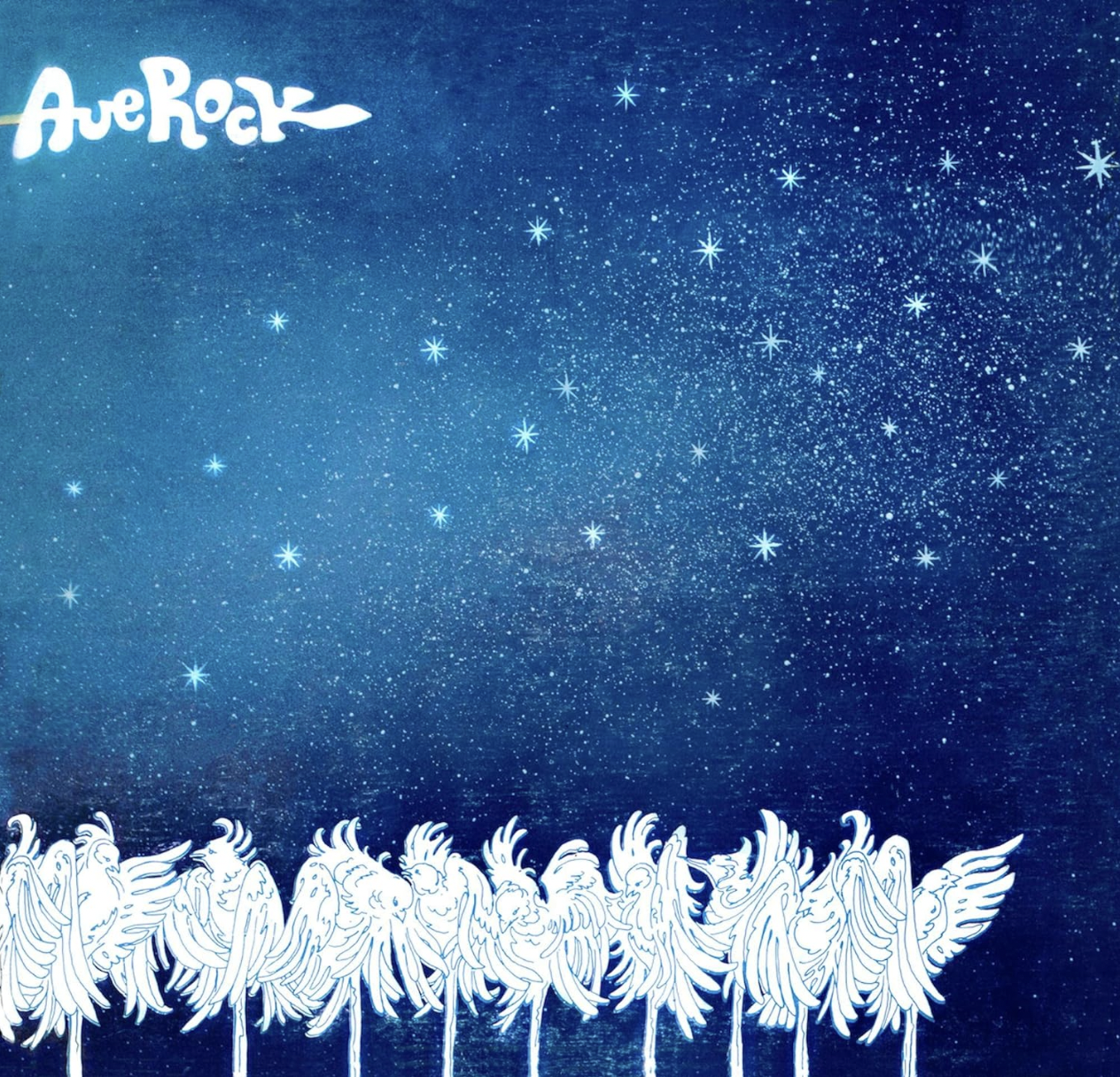
In the early ‘70s, progressive bands like Yes and Genesis had a huge impact on South American rock. Sadly, the lack of expensive equipment and adequate recording facilities hampered the desire of many local bands to create their own prog manifestos. Ave Rock was a short-lived Buenos Aires quintet blessed with the dexterity of keyboardist Osvaldo Caló and guitarist Luis Borda. There’s plenty of knotty instrumental fury in the band’s debut, but Caló’s pastoral piano pattern on the gorgeous “Ausencia” evokes the most lyrical side of Emerson, Lake & Palmer. Ave Rock disbanded after a sophomore effort was largely ignored.
Juan Gabriel – Con el Mariachi Vargas de Tecalitlán
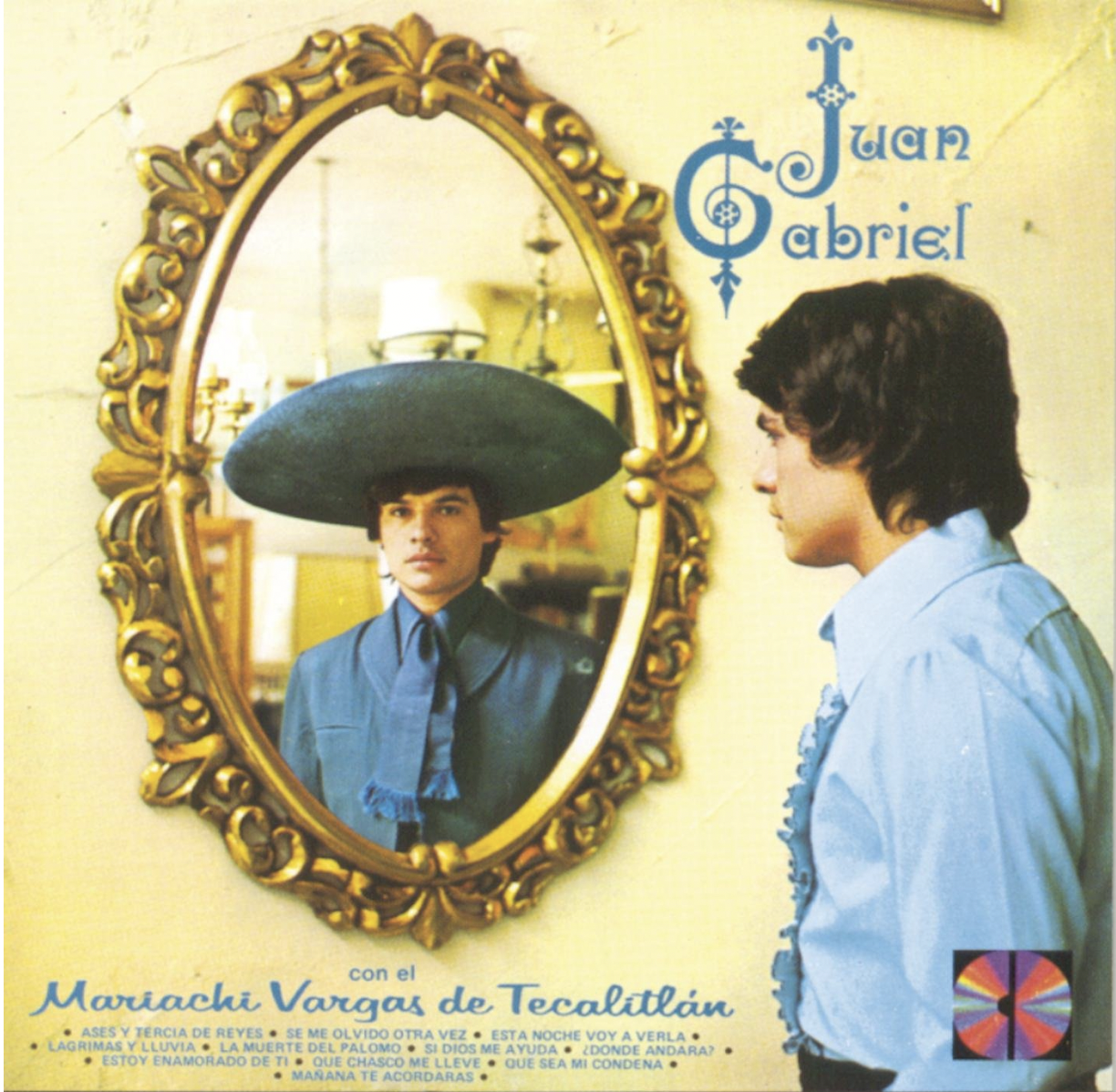
Mexican prodigy Juan Gabriel had already scored a huge pop hit in 1971 with “No Tengo Dinero.” Three albums into his career, he decided to branch into ranchera and selected the best ensemble of its kind—the venerable Mariachi Vargas de Tecalitlán—to accompany him. A love letter to Mexican tradition, the LP boasts seamless mariachi arrangements, and established the self-taught Juanga as one of his country’s most gifted composers. From “La Muerte del Palomo”—written when he was 13—to the rousing heartbreak of “Se Me Olvidó Otra Vez,” every single track here will have you singing along, even if you don’t speak Spanish.
Astor Piazzolla – Libertango
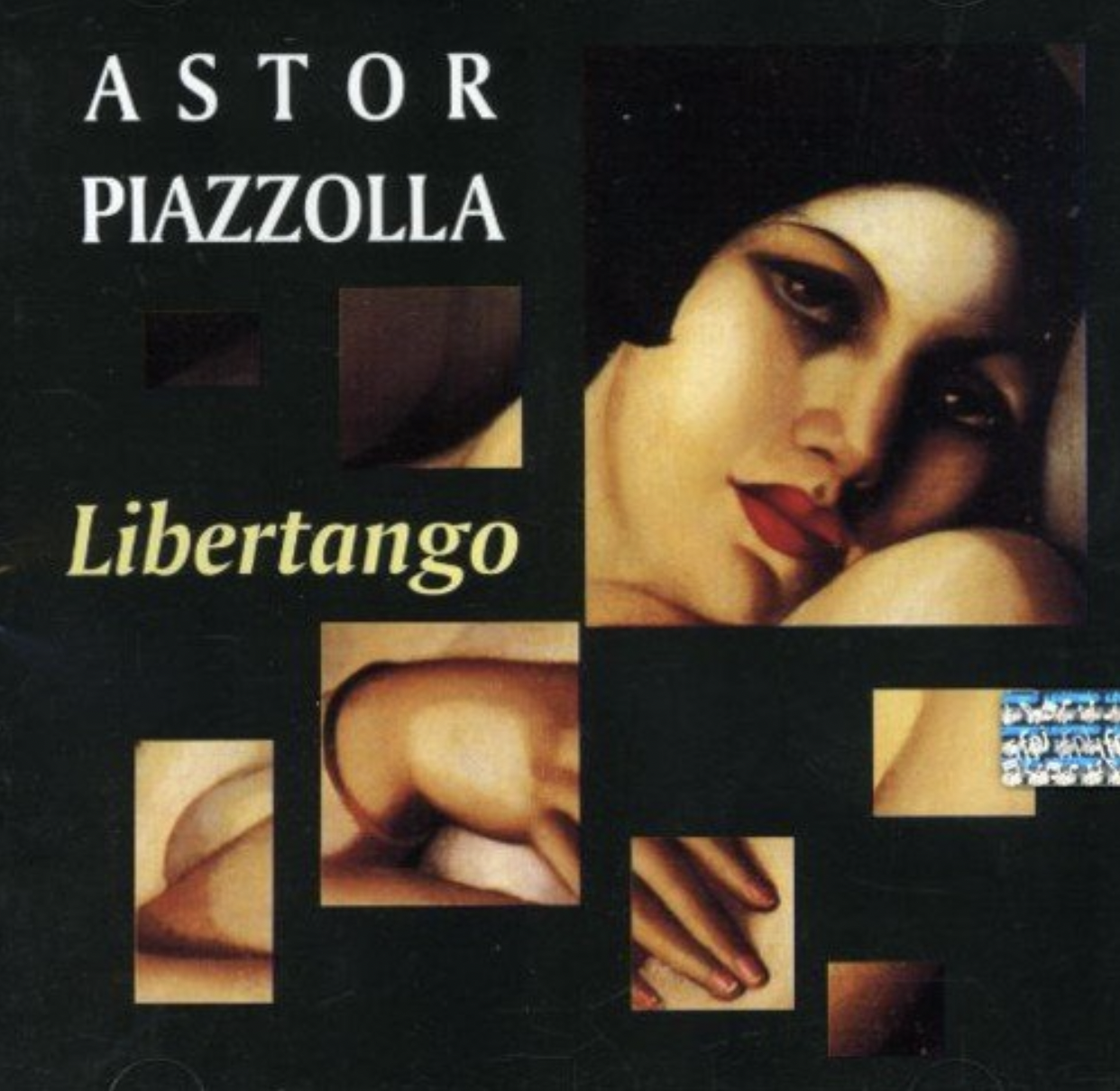
The Master! A mercurial composer and bandoneón player who remained restless and youthful until the end of his long life in 1992, Astor Piazzolla gave the traditional format of tango a new edge—mixing it with faint touches of jazz, Brazilian, and even rock. Libertango was written and recorded in Italy, after the overworked Piazzolla had a heart attack and moved to Europe looking to reinvent his career. Its eight tracks march forward with a daring new sound, enriched by Hammond organ, drums, marimba, and electric guitar. The title track—angst -ridden and fatalistic, the way tango should be—was a huge hit in Europe, and Piazzolla’s revised versions of his classic “Adiós Nonino” brims with purpose. Five decades later, this wild experiment is hailed as a masterpiece.
Chico Buarque – Sinal Fechado
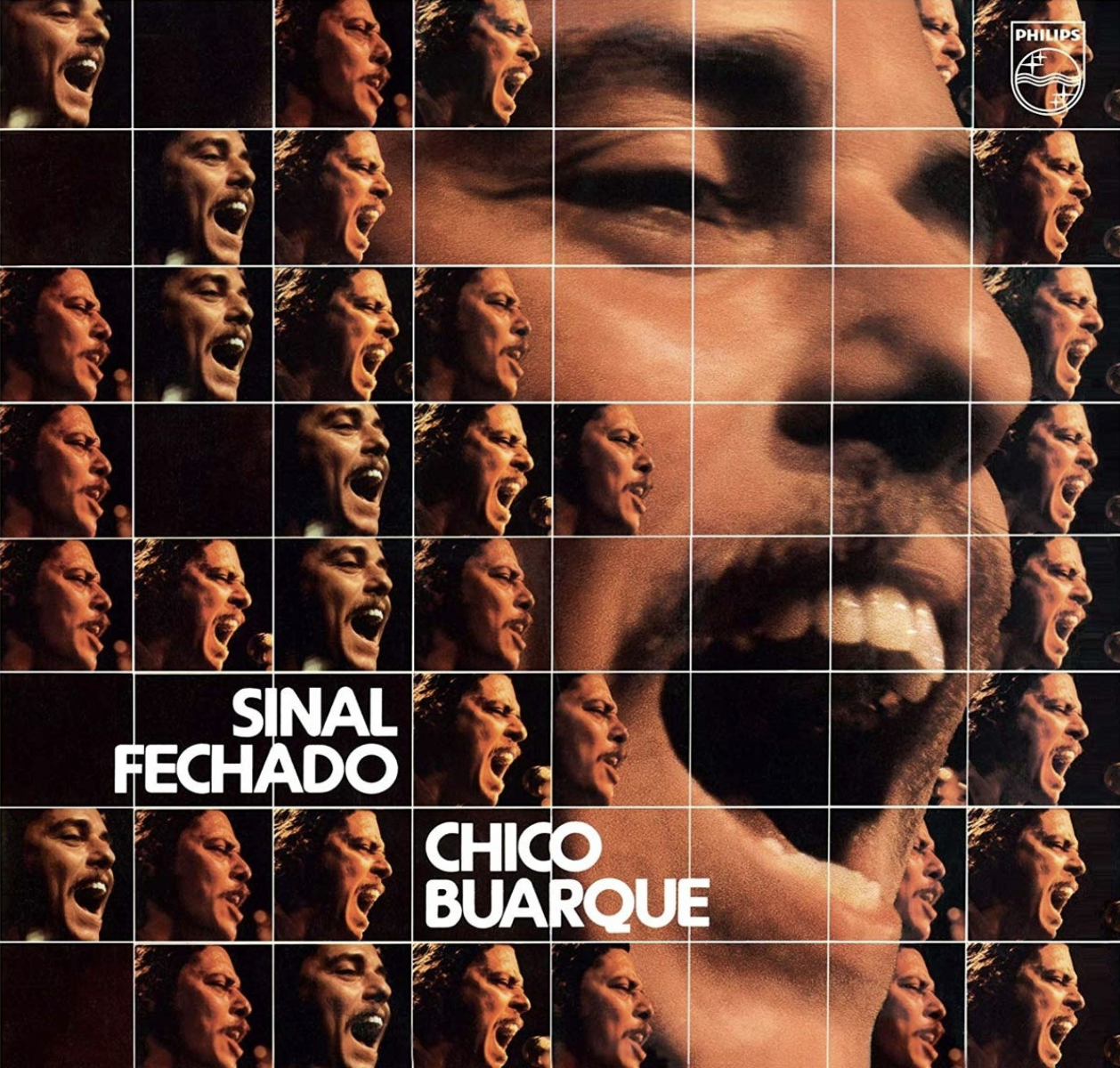
By the time he recorded Sinal Fechado, singer-songwriter Chico Buarque was so fed up with the Brazilian dictatorship censoring the lyrics of his thinly veiled protest songs that he opted to make a covers album. It ended up being one of his best efforts, unifying the compositions of masters like Caetano Veloso and Gilberto Gil with the wistful quality of his voice and a weakness for warm, airy arrangements—check out the joyous samba “Sem Compromisso.” Buarque made one exception: He credited imaginary composer Julinho Da Adelaide for writing the original song “Acorda Amor,” and was eventually found out.
Dimensión Latina – Dimensión Latina ‘75
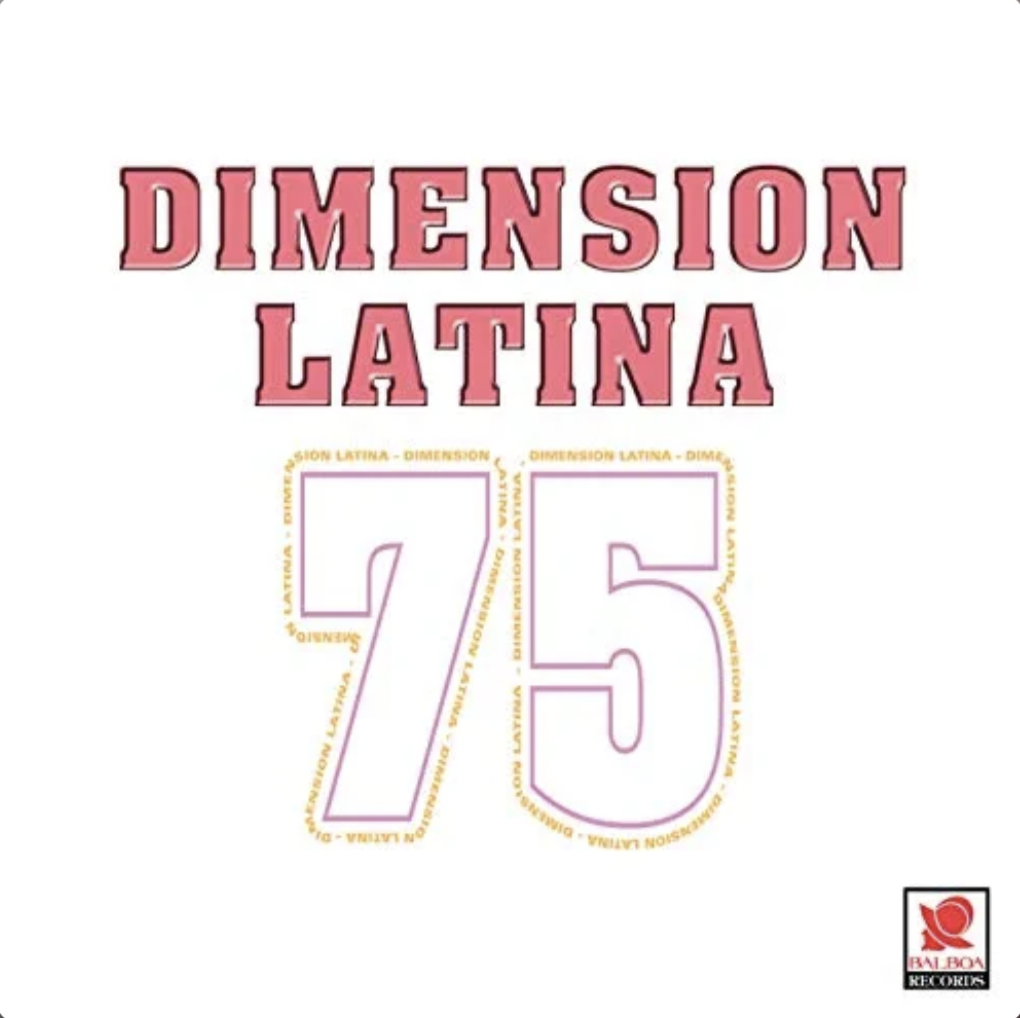
Before he became an international salsa star, upright bassist Oscar D’León drove a taxi in his native Caracas, tapping Afro-Cuban polyrhythms on the steering wheel. His first orchestra, Dimensión Latina, favored a ragged salsa sound—heavy on the trombones, enhanced by the wicked swing of piano player Enrique “Culebra” Iriarte. ’75 (he was looking forward—it did come out in 1974) is one of La Dimensión’s funkiest outings, boosted by “Llorarás,” D’León’s throwaway idea that became a timeless salsa anthem. On the stately “Taboga,” he harmonizes with fellow vocalist Wladimir Lozano, evoking the retro fever of vintage bolero before the track zigzags into dance floor-scorcher mode.
Los Destellos – Destellantes
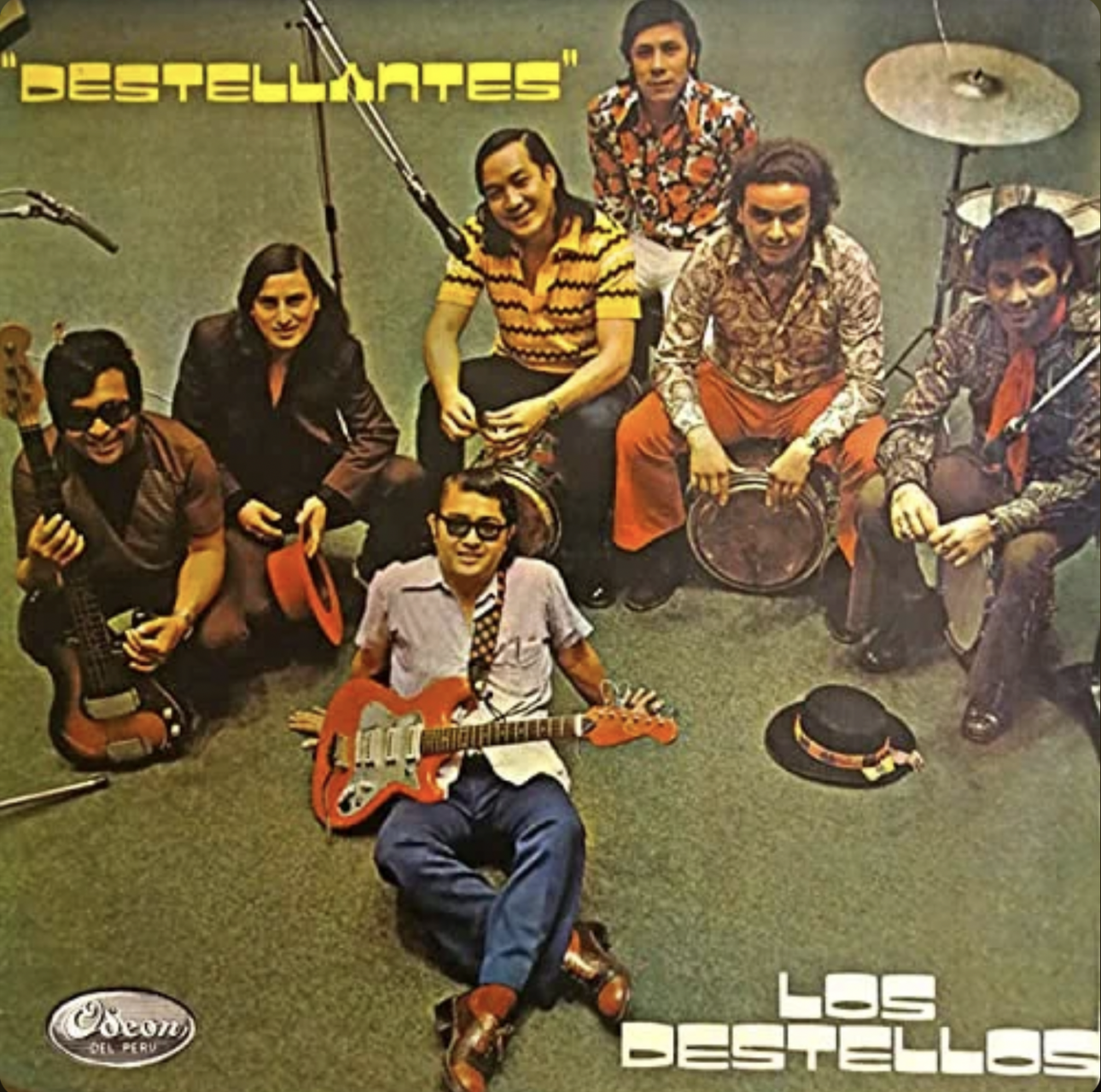
By the release of Destellantes—Los Destellos’s ninth album in six years—the Peruvian combo had perfected their groundbreaking fusion of cumbia beats with electric guitars, a soothing collision of surf rock, psychedelia, and Afro-Latin grooves. A man of impeccable taste, guitarist and principal composer Enrique Delgado keeps his melodic lines tight and incisive, and the no-frills mix leaves space for the instruments to breathe. There’s an air of bonhomie to tunes like “Sencillita” and the hopeful “Volando Alto” that makes for evocative late-night listening.

